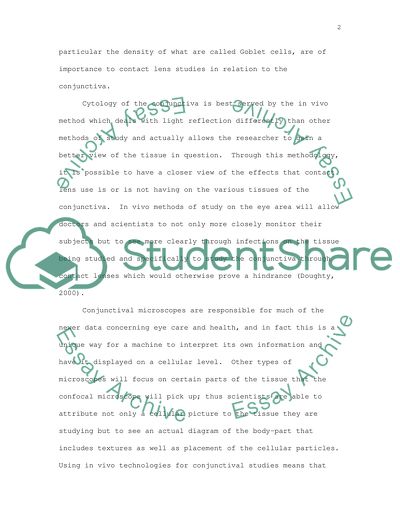Cite this document
(“Conjunctiva and Contact Lenses Essay Example | Topics and Well Written Essays - 1750 words”, n.d.)
Retrieved from https://studentshare.org/health-sciences-medicine/1503903-conjunctiva-and-contact-lenses
Retrieved from https://studentshare.org/health-sciences-medicine/1503903-conjunctiva-and-contact-lenses
(Conjunctiva and Contact Lenses Essay Example | Topics and Well Written Essays - 1750 Words)
https://studentshare.org/health-sciences-medicine/1503903-conjunctiva-and-contact-lenses.
https://studentshare.org/health-sciences-medicine/1503903-conjunctiva-and-contact-lenses.
“Conjunctiva and Contact Lenses Essay Example | Topics and Well Written Essays - 1750 Words”, n.d. https://studentshare.org/health-sciences-medicine/1503903-conjunctiva-and-contact-lenses.


